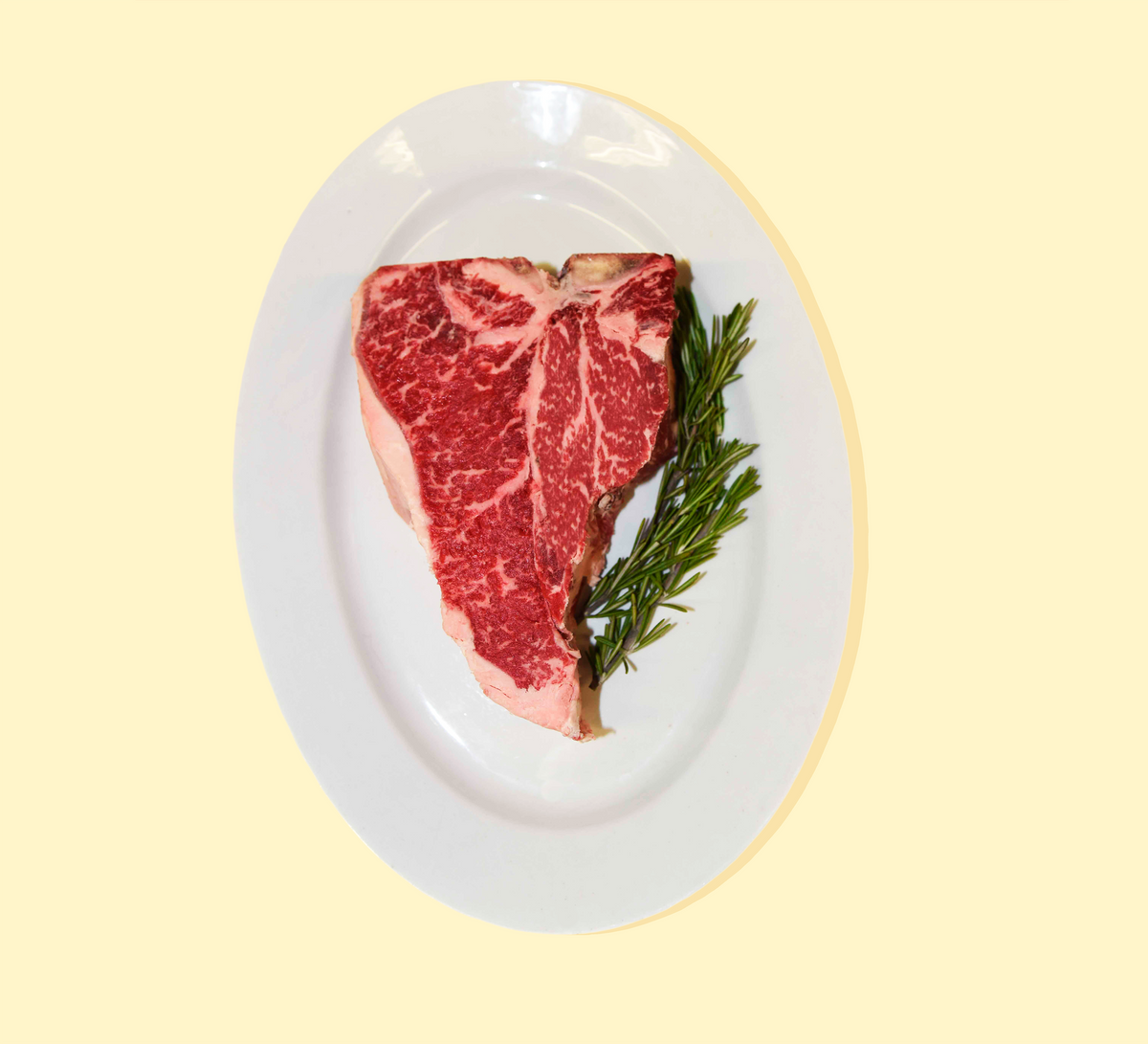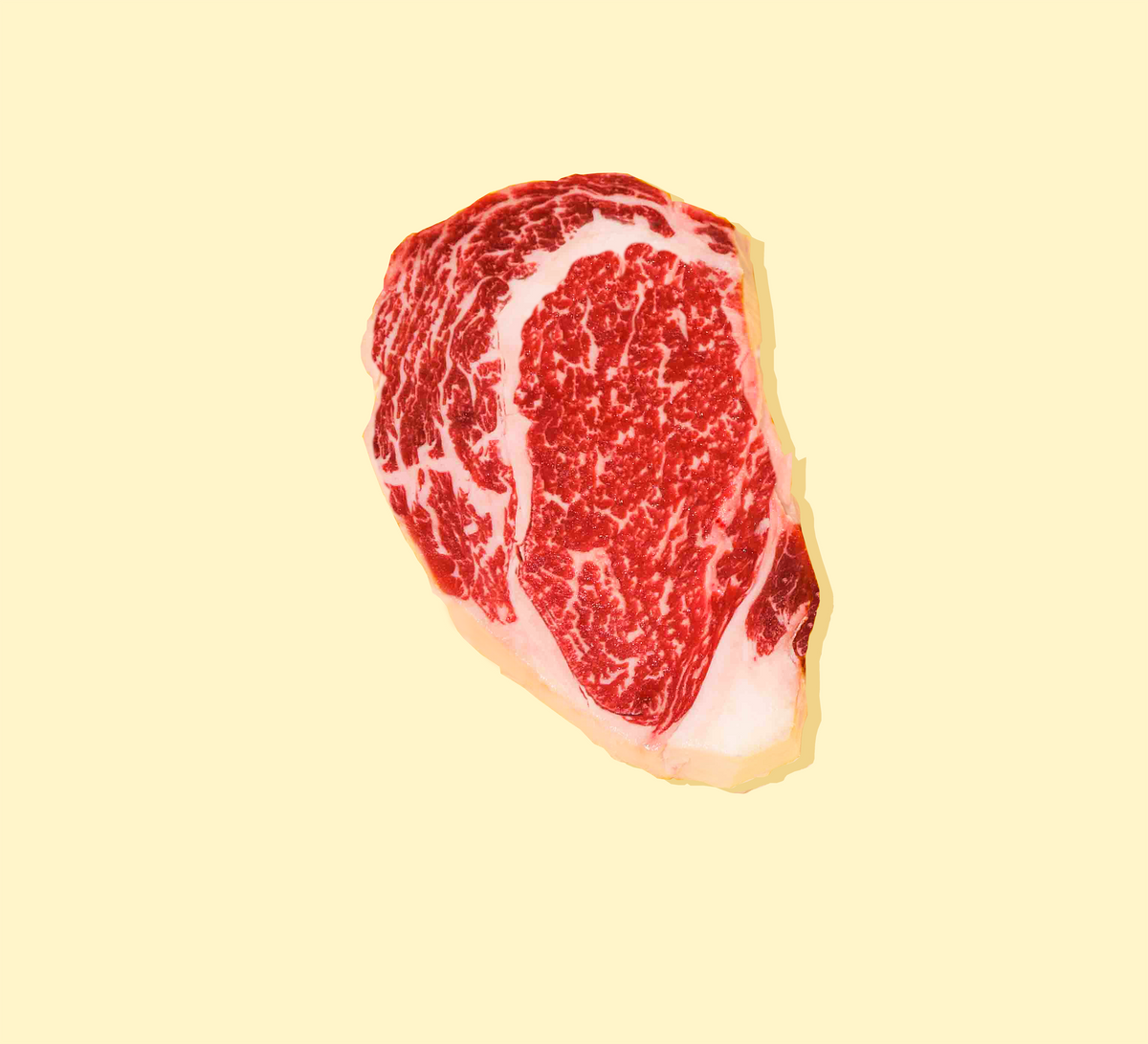Let me confess something upfront: I never dreamed I’d fall in love with one specific cut of beef. Yet here I am, mapping out road trips based on restaurants rumored to serve the perfect Porterhouse steak. There’s a reason this is the showstopper at steakhouses, and it’s not just about size. From the buttery filet to the robust strip, this cut somehow embodies celebration. If you’ve ever debated which steak reigns supreme, you’re not alone—and you’ve come to the right blog.
Porterhouse Features: The Anatomy of a Legend
Let’s get right to it: the Porterhouse Steak isn’t just a meal—it’s an event. If you’ve ever stared down at a sizzling slab of beef, bone gleaming, juices bubbling, and wondered what makes this cut the king of celebration meals, you’re in the right place. The anatomy of a Porterhouse is a legend all its own, and understanding its features is like unlocking the secret code of steakhouse royalty.
Sits at the Crossroads: Two Steaks, One Bone
Here’s the Porterhouse’s claim to fame: it sits at the crossroads of the strip loin and the tenderloin. That means you’re getting two premium cuts in one glorious steak. On one side of the iconic T-shaped bone, you’ve got the robust, beefy New York strip—juicy, flavorful, and with just the right bite. On the other, the tenderloin, also known as filet mignon, which is all about buttery tenderness and melt-in-your-mouth texture. It’s like getting front-row seats to two concerts at once, and both bands are headliners.
The T-Bone: Nature’s Divider
That unmistakable T-bone isn’t just for show. It’s the battle line, the great divider, the reason you can savor two distinct experiences in every bite. The strip side brings the juiciness and bold flavor, while the filet side offers velvety tenderness. Research shows that Porterhouse steaks are cut farther back on the short loin than T-bone steaks, which means you get a larger portion of filet mignon—so if you’re a fan of that delicate, buttery cut, the Porterhouse is your ticket.
Marbling: The Flavor Engine
Let’s talk marbling. Those delicate veins of fat running through the steak are what amp up both flavor and tenderness. The Porterhouse is known for generous marbling, especially when you opt for USDA Prime. This marbling melts as the steak cooks, bathing the meat in rich, beefy juiciness. The result? Every bite is packed with flavor and that signature steakhouse tenderness. If you’ve ever wondered why the Porterhouse tastes so decadent, thank the marbling—it’s the unsung hero of the cut.
Size Matters: A Steak Built for Sharing (or Not)
At top butchers like Master Purveyors, the standard Porterhouse weighs in at a hefty 32 ounces and is cut about two inches thick. That’s not just a steak; that’s a centerpiece. It’s no wonder the Porterhouse is the #1 steak cut at the best steakhouses and a classic choice for celebration meals. Whether you’re grilling for a crowd or having an intimate dinner for two, the Porterhouse commands attention. And let’s be honest—sometimes sharing is optional. I once tried to split a 32oz Porterhouse with a friend. Two forks went in, but zero leftovers came out. Some things are just too good to share.
Wet Aged vs. Dry Aged: The Art of Perfection
At Master Purveyors, you can choose your Porterhouse adventure: USDA Prime ($99.60) or Prime Dry-Aged ($117.00). Wet aging keeps the steak juicy and tender, while dry aging intensifies the beefy flavor and adds a nutty complexity. Either way, you’re getting a steak aged to perfection, ready to be the star of your next barbecue or dinner party.
Customer Love: The Celebration Steak
“Steaks were fresh and aged to perfection. The porterhouse steaks were a perfect way to celebrate our Father’s Day BBQ.” – Christopher D.
That’s the magic of the Porterhouse. It’s not just a steak; it’s a celebration on a plate. Customers rave about its mouthwatering taste, buttery texture, and the way it turns any meal into a special occasion. Whether you’re marking a milestone or just craving something extraordinary, the Porterhouse delivers every single time.
- Porterhouse Steak: The king of cuts, perfect for celebration meals.
- Short Loin & Tenderloin: Two premium experiences, one bone.
- Marbling: The secret to juiciness and tenderness.
- Impressive Size: 32oz of steakhouse glory.
- USDA Prime & Dry-Aged Options: Choose your flavor adventure.
So next time you’re looking to impress—or just treat yourself—remember the anatomy of a legend. The Porterhouse isn’t just a steak. It’s the ultimate carnivore’s love letter to beef, and it’s waiting for you to dig in.
Steak Cuts Showdown: Porterhouse vs. T-Bone (And Yes, Size Really Counts)
Let’s be honest: if you’ve ever sat down at a steakhouse and watched a Porterhouse Steak glide past your table, you know the feeling. That’s not just steak-envy—it’s a primal urge. You might have ordered a T-Bone Steak, thinking you’d scored the best of both worlds. But then you spot that Porterhouse, and suddenly, your T-bone looks a little… petite. Welcome to the ultimate T-Bone Comparison: Porterhouse vs. T-Bone, where size, flavor, and pure steak drama take center stage.
Twins at First Glance, but Not All Cuts Are Created Equal
On the surface, the Porterhouse Steak and T-Bone Steak are nearly identical. Both cuts feature that iconic T-shaped bone, dividing two legendary beef cuts: the bold, beefy strip loin on one side, and the tender, buttery tenderloin (aka filet mignon) on the other. But here’s where the steak differences start to matter—Porterhouse is the heavy-hitter, the showstopper, the king of cuts. Why? It’s all about the filet.
- Porterhouse Steak: Cut farther back on the short loin, it boasts a much larger tenderloin section. Think of it as the steakhouse’s answer to “go big or go home.”
- T-Bone Steak: Sliced closer to the front, it offers a smaller filet portion. Still delicious, but if you’re after that melt-in-your-mouth experience, the Porterhouse wins by a landslide.
Research shows that the Porterhouse Steak is the #1 steak cut at top steakhouses for a reason. Its generous marbling and thickness (we’re talking 32 ounces, about 2 inches thick) make it perfect for sharing—or for outshining your neighbor’s grill at the next barbecue. The T-bone? It’s lighter, slimmer, and sometimes leaves you wishing you’d gone bigger.
Flavor Showdown: Dual Personalities on a Plate
Here’s the beauty of both cuts: you get two steaks in one. The strip loin side brings that classic, robust beef flavor, ideal for high-heat searing. The tenderloin side is all about tenderness—lean, buttery, and almost fork-tender when cooked to perfection. But with the Porterhouse, you get more of that prized filet. It’s the steak for celebrations, for anniversaries, for those “let’s make tonight special” moments.
Let’s not pretend there isn’t a little friendly competition at the table, either. Ever argued over which side to eat first? In my house, it’s a coin flip. Sometimes you start with the strip, sometimes the filet. Sometimes you just stare at it, not wanting to ruin the perfect crosshatch sear. (No judgment.)
Real Talk: Steak Envy Is Real
Picture this: you’re at a steakhouse, and the server brings out a sizzling T-bone. You’re happy—until you see the Porterhouse at the next table. It’s bigger, thicker, and that filet section is practically calling your name. That’s the moment you realize: size really does count. The Porterhouse isn’t just a meal; it’s a statement.
“Delicious. I followed the directions and seared them on both sides. Then put on the grill. It tasted just like a Peter Luger porterhouse steak.” – Andrea K.
That’s not just hype—customers rave about the Porterhouse’s mouthwatering flavor and tenderness. Whether you’re grilling for Father’s Day, hosting a backyard barbecue, or just treating yourself, the Porterhouse always delivers. It’s the steak that turns a meal into an event.
Quick Facts: Porterhouse vs. T-Bone
- Porterhouse Steak: 32oz, approximately 2 inches thick, larger filet mignon section, ideal for sharing or impressing guests.
- T-Bone Steak: Smaller filet portion, lighter and slimmer, still offers dual-flavor but less dramatic presentation.
- Both cuts feature the T-shaped bone, separating the strip loin and tenderloin.
So, next time you’re eyeing the steak menu, remember: the Porterhouse isn’t just a steak. It’s the king of beef cuts, the heavyweight champion of the grill, and the ultimate answer to steak envy. Go big, or go home hungry.
From Butcher to Barbecue: How to Nail the Porterhouse Experience at Home
If you’re looking to elevate your next barbecue or steak night, there’s nothing quite like the porterhouse. This is the king of cuts, the steakhouse showstopper, and—if you do it right—the ultimate at-home indulgence. But what makes a porterhouse so special, and how do you get that steakhouse magic sizzling on your own grill? Let’s break down the essentials, from choosing your steak to nailing that perfect, juicy finish.
First, let’s talk about what you’re actually getting. The porterhouse is a two-in-one marvel: on one side of the T-shaped bone, you’ve got the bold, beefy strip steak; on the other, the buttery-soft filet mignon. It’s the best of both worlds, and that’s why it’s the #1 steak cut at all the best steakhouses. Research shows that the porterhouse’s thickness and generous marbling make it especially suited for barbecue options, locking in juiciness and tenderness when cooked right.
Now, before you even fire up the grill, you’ve got a delicious decision to make: wet-aged or dry-aged? Wet-aged porterhouse is all about robust juiciness—think classic steakhouse flavor, tender and mouthwatering. Dry-aged steak, on the other hand, brings extra depth and complexity, with a subtle nuttiness that true steak aficionados crave. Either way, you’re in for a treat. USDA Prime porterhouse steaks start at $99.60 for a 32oz cut, while the dry-aged version runs $117.00. Both are hefty, about two inches thick—perfect for sharing or for a truly epic solo feast.
Ordering from a reputable source like Master Purveyors is part of the experience. Their shipping schedule is precise: order Monday through Wednesday, and your USDA Prime steak ships the next day. Order later in the week, and your steak ships out on Monday. That means you can plan your barbecue or special dinner with confidence, knowing your steak will arrive fresh and ready to impress. Nationwide shipping means you can get steakhouse quality delivered right to your door, no matter where you live.
Alright, let’s get cooking. Here’s where the real fun begins. The secret to a great porterhouse is respecting its marbling and thickness. For the best results, let your steak come to room temperature before grilling—about 40 minutes is ideal. This helps the steak cook evenly and maximizes juiciness. Salt it generously during this time; the salt will draw out a bit of moisture, then reabsorb, seasoning the steak all the way through.
When it’s time to grill, start with high heat. Sear the porterhouse for a couple of minutes on each side to develop that crave-worthy crust. Then, move it to a cooler part of the grill or lower the heat. This two-step method ensures a crisp, caramelized exterior and a perfectly tender, medium-rare center. Studies indicate that medium-rare is the sweet spot for porterhouse, highlighting the steak’s marbling, juiciness, and tenderness. Overcooking can dry out the filet side and rob the strip of its bold flavor—so keep a close eye on your steak and use a meat thermometer if you want to be precise.
And don’t forget to let your steak rest after grilling. Five to ten minutes is all it takes for the juices to redistribute, ensuring every bite is as succulent as the last. Slice against the grain, serve with your favorite sides, and prepare for a round of applause from anyone lucky enough to share your table.
“Steaks where a winner” – Lloyd B.
Whether you’re celebrating a special occasion or just treating yourself, the porterhouse delivers a dual-flavor experience that’s hard to beat. Its size and presentation make it a centerpiece for any gathering, and its combination of strip and filet means there’s something for every steak lover. With a little know-how and the right cut, you can bring steakhouse-level barbecue options home—no reservation required. So go ahead, embrace the king of cuts. Your grill (and your taste buds) will thank you.
TL;DR: If you want steak that feels like a celebration and tastes like luxury, Porterhouse doesn’t just deliver—it dominates. Bigger, beefier, and more balanced than its T-bone cousin, it’s my pick for steak night every time.


